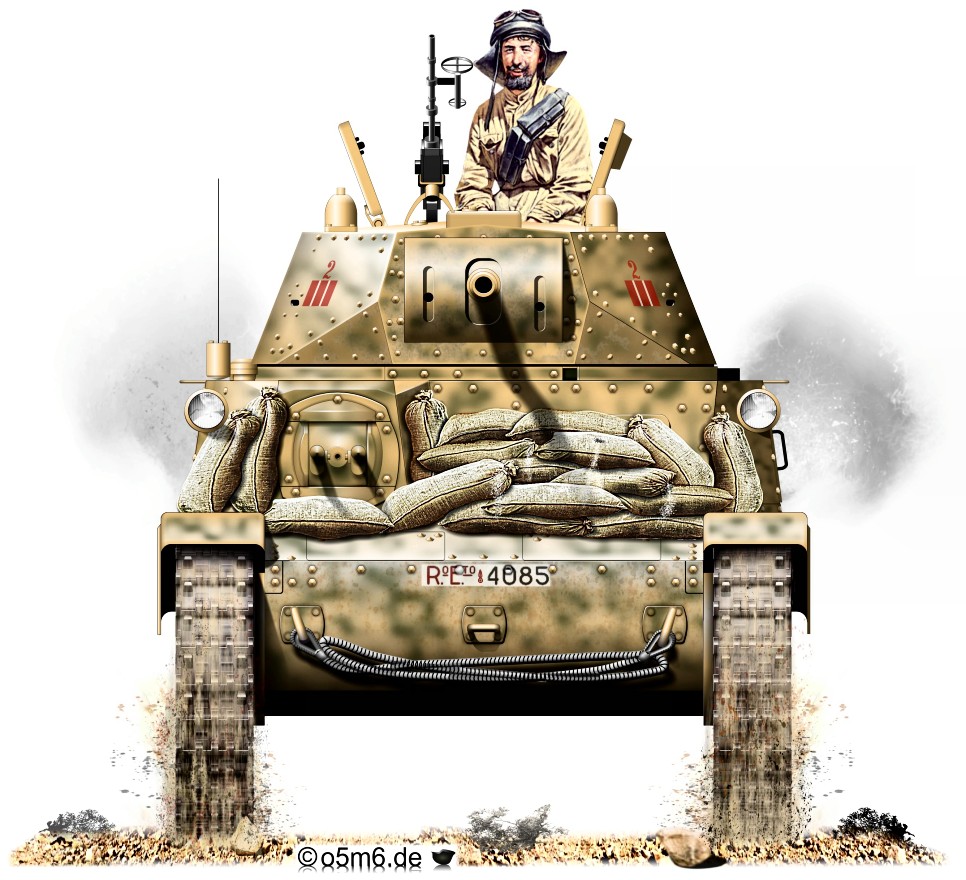
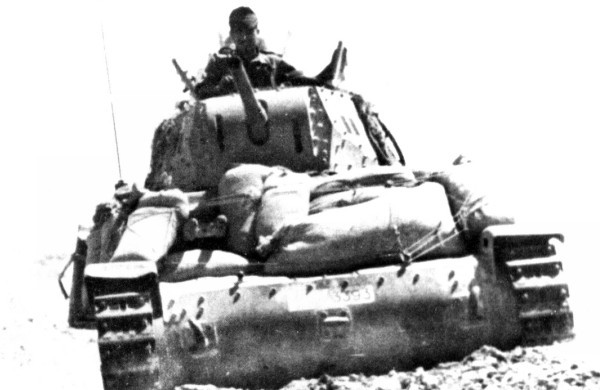
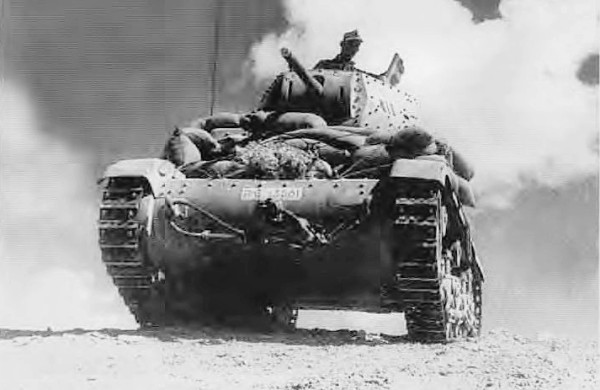
A former Italian tank regiment commander said :
"The M13/40 had good maneuverability, an accurate 47mm gun, effective optical equipment (gunsight and periscopes) for external vision, and good crew habitability. The tank's armor was sufficiently thick, but lacked tensile strength. The modestly fuel efficient diesel engine did not easily catch fire when hit by gunfire; however, the engine’s lack of power made the M 13-40 an underpowered vehicle. The vehicle’s low speed over uneven ground and slopes made the tank vulnerable."
The British however :
"We captured several M 13-40s during the 1940 offensive and observed that this vehicle's main failures were its poor bullet splash protection and its light armor. These drawbacks were made worse by poor training for Italian tank crews during 1940, when they received only 25 days and two driving hours before going into combat. The Italian tanks were also made ineffective by inept leadership in the field."
Source: Nicola Pignato, "Italian Medium Tanks in action"
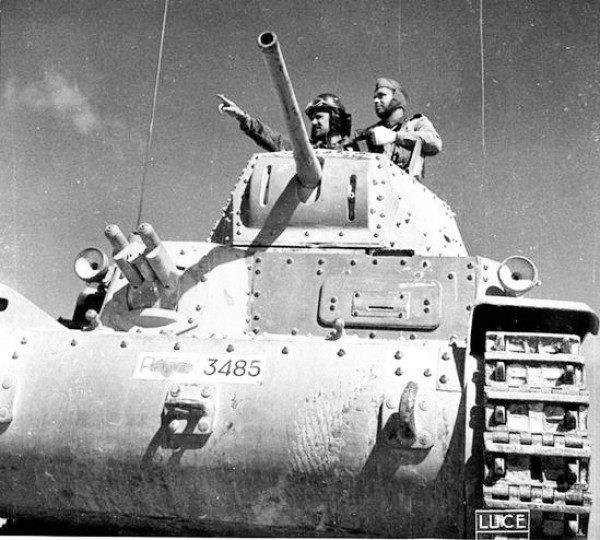
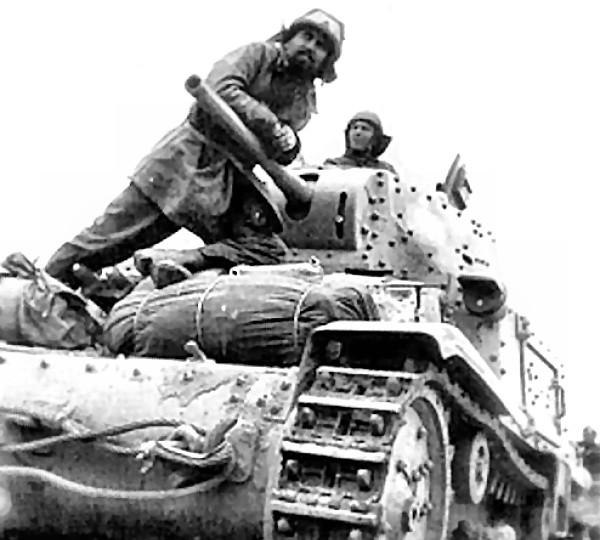
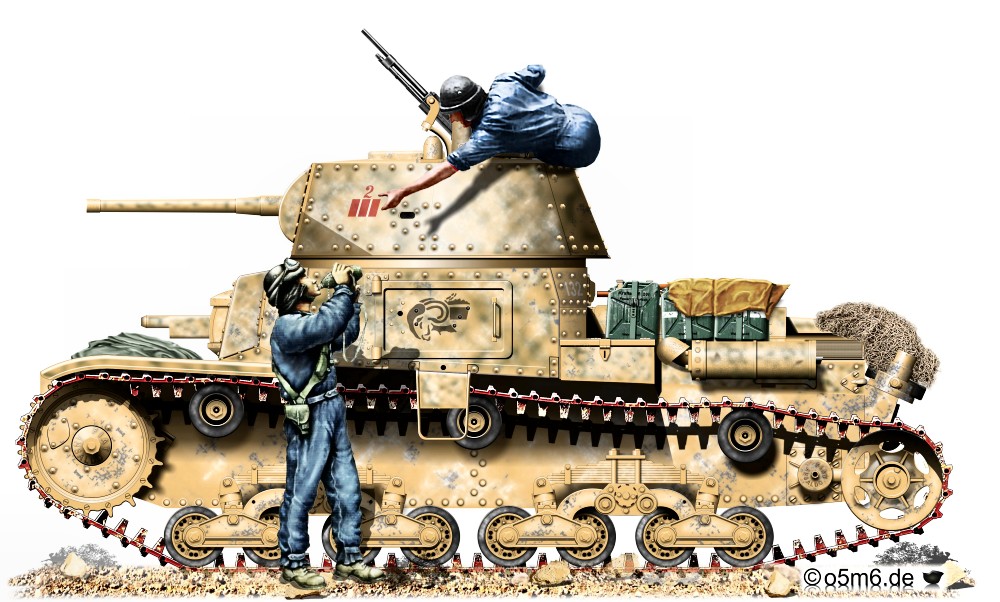
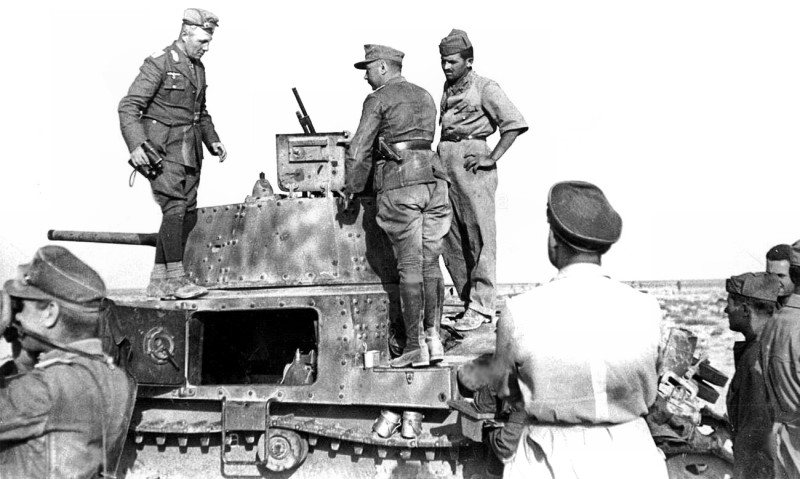
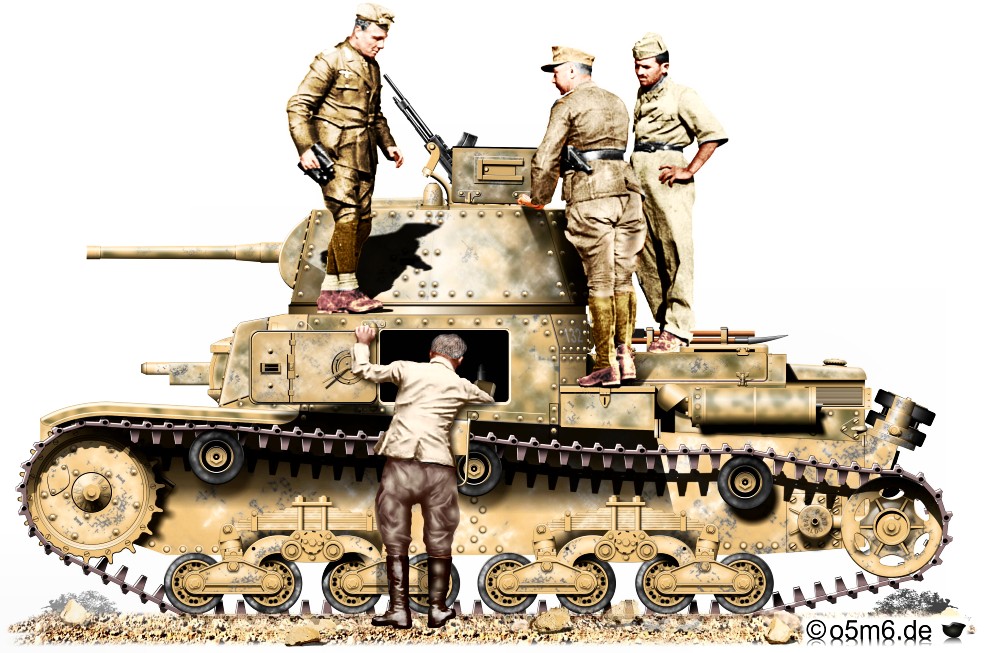
The Breda 38, which resembled the Bren LMG, was developed in 1938 from the Breda 37. When used in the anti-aircraft role, a ring and post sight was fitted to the gun's left side. The Breda could only be fired from the open hatch and there were no provisions for ground use (ie buttstocks, bipods or iron sights).
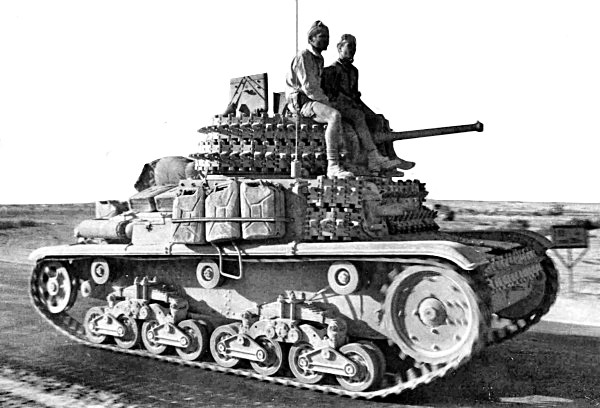
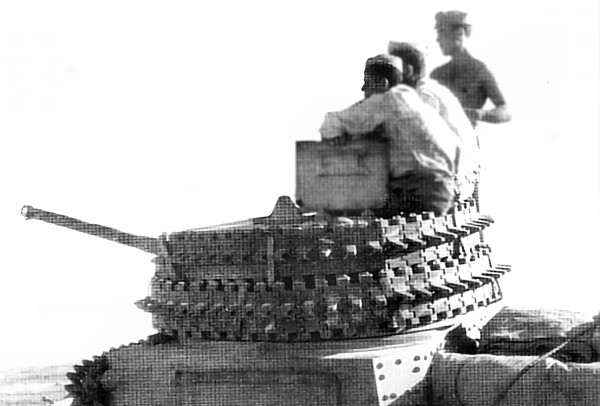
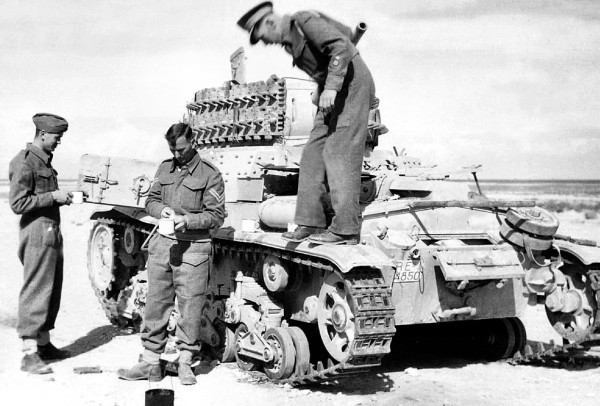
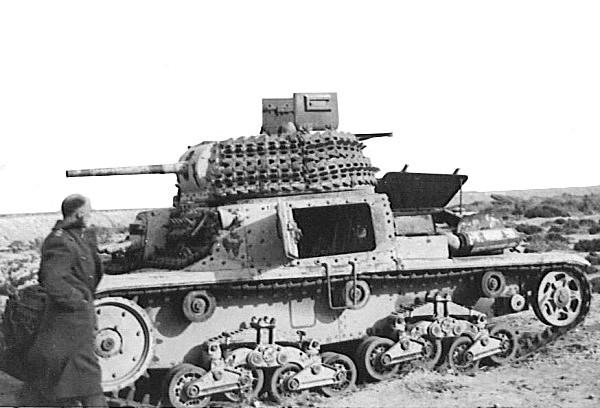
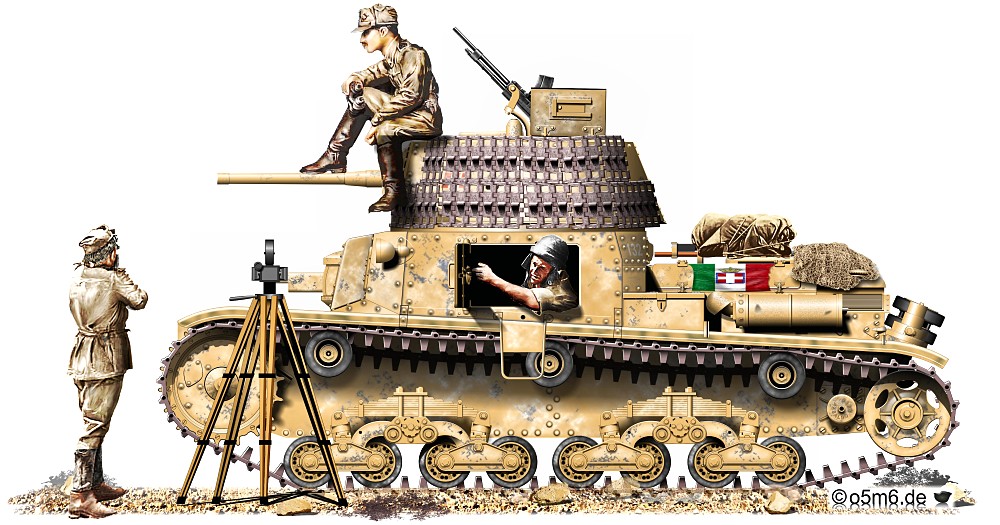
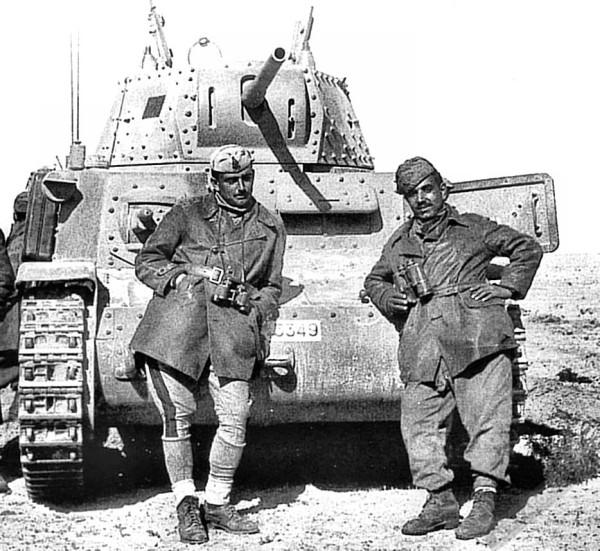
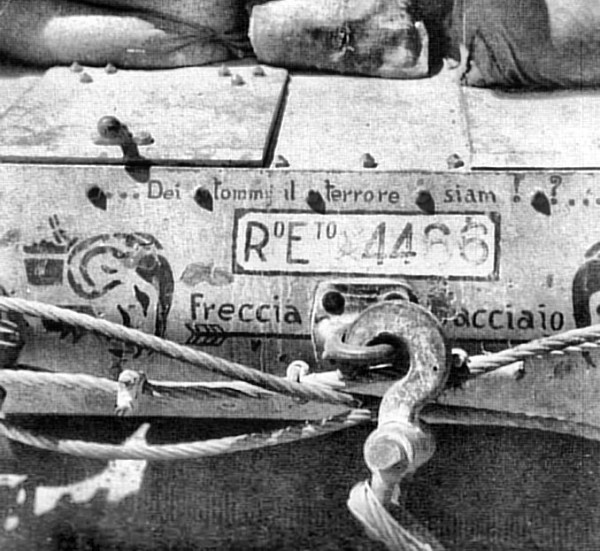
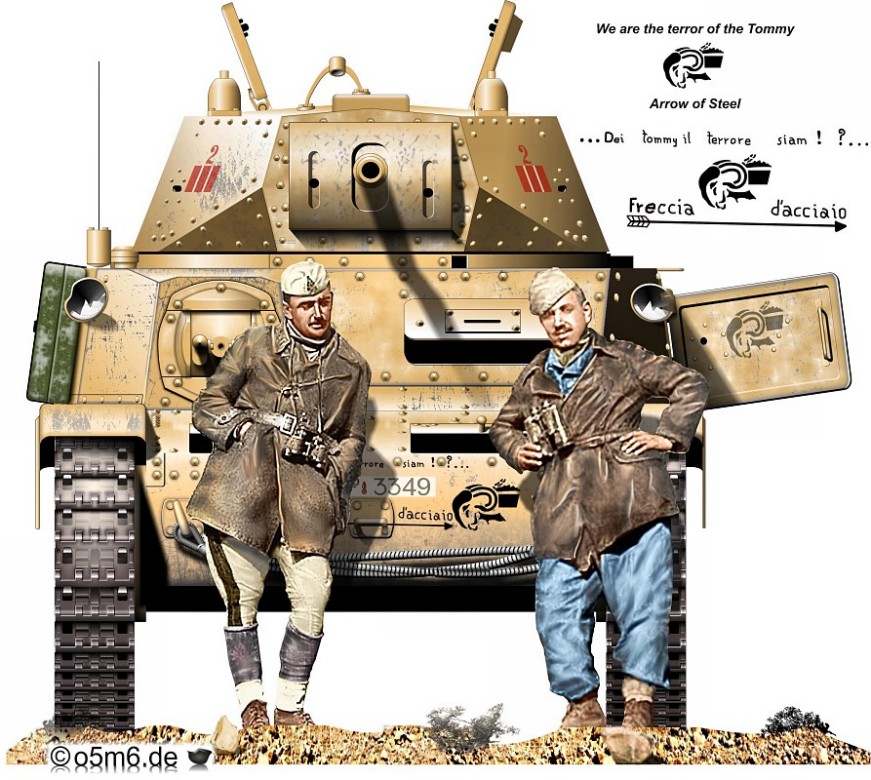

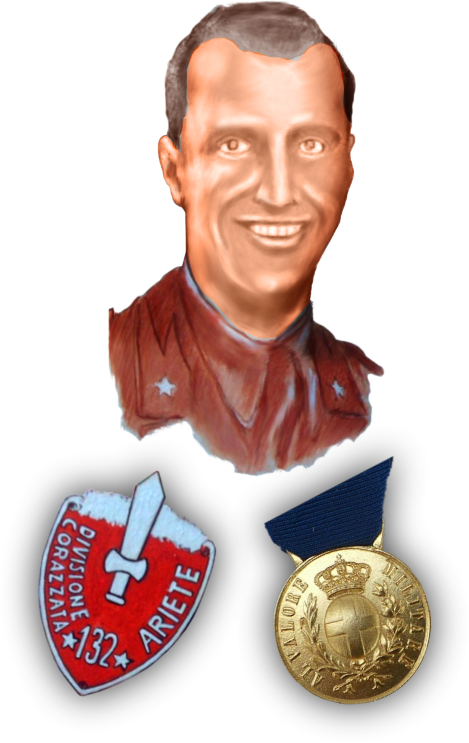
"Enemy tanks broke through south of Ariete Division. Ariete thus surrounded, located 5kms northwest of Bir-el-Abd. Ariete tanks keep fighting!"
His company took part in the bitter fighting against the British 22nd Armoured Brigade around Bir El Abd just west of El Alamein on November 4, 1942.
The next day his company was assigned to hold the left flank of the Regiment against the British 8th Armoured Brigade during Ariete’s fighting withdrawal to Fuka.
Despite being outnumbered and outgunned by the superior Allied armour, he succeeded in holding the flank long enough to allow the rest of the regiment to fall back in good order. Knowing that he was cut off and the main body of the Italian force still needed time to regroup, Pascucci bravely ignored heavy enemy fire to lead the remaining eleven tanks of his company in a charge straight at the centre of the British armoured formation.
The unexpected ferocity of this attack buckled the British line, then broke it in disorder. Leading from the front he continued the pursuit of the fleeing British. Pascucci was found after the battle lying in his burnt out tank.
The 132nd was wiped out, all 100 of it's tanks sacrificed. Not one surrendered on that day...
In recognition of his heroic actions and his fighting spirit, Luigi Pascucci was awarded the Medaglia D’Oro Al Valore Militare, the Gold Medal for Military Valor, Italy’s highest award.
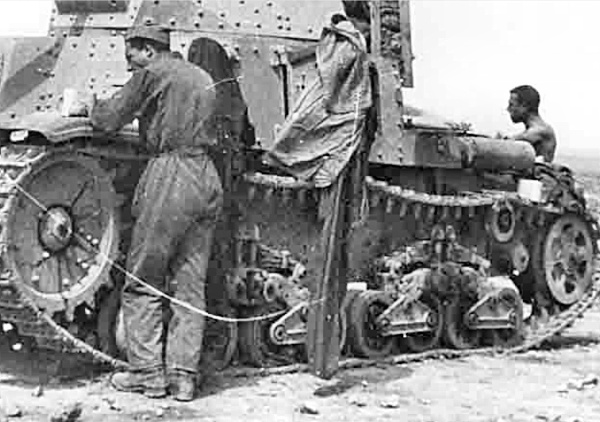
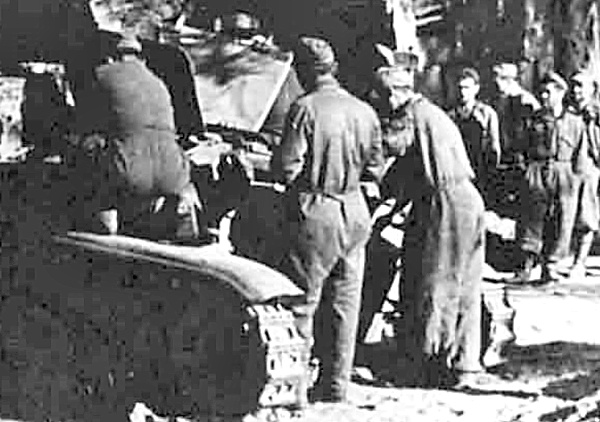
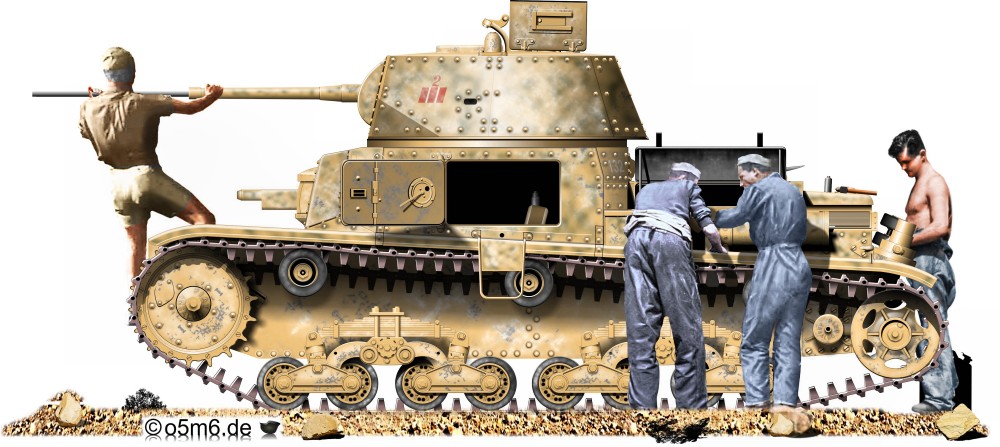
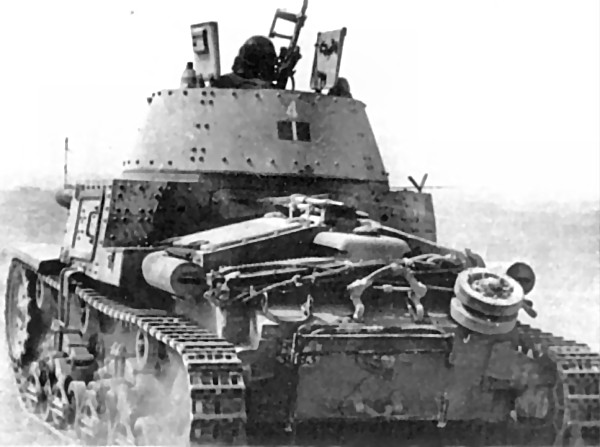
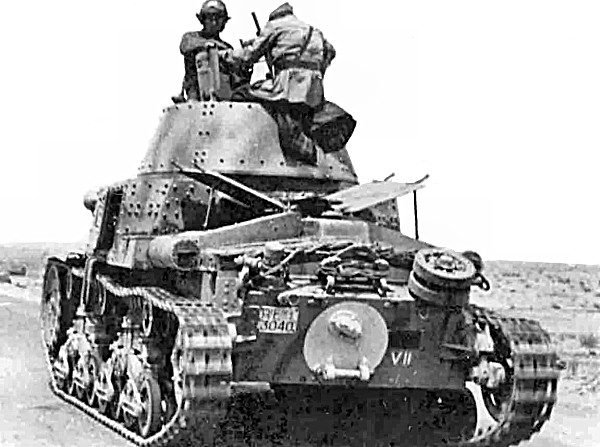
"Within a year after it's introduction in 1940,
the M13 was undergunned and underarmored.
The running gear required massive amounts of lubrication,
the crew compartment was cramped, while
the power plant and the filters were insufficient for hard desert use.
Crew communication in battle was awkward and frustrating. Finally,
the armor plates were brittle and prone to shattering and even complete disintegration."
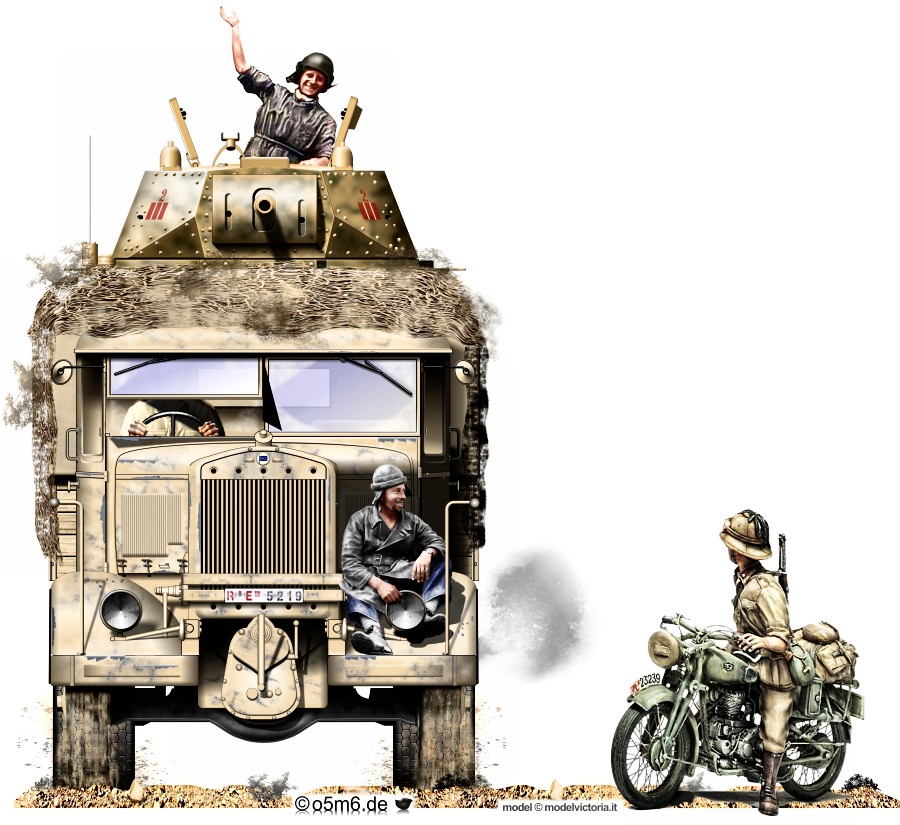
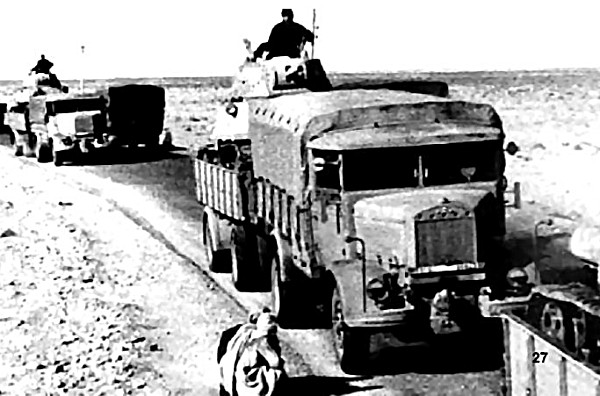
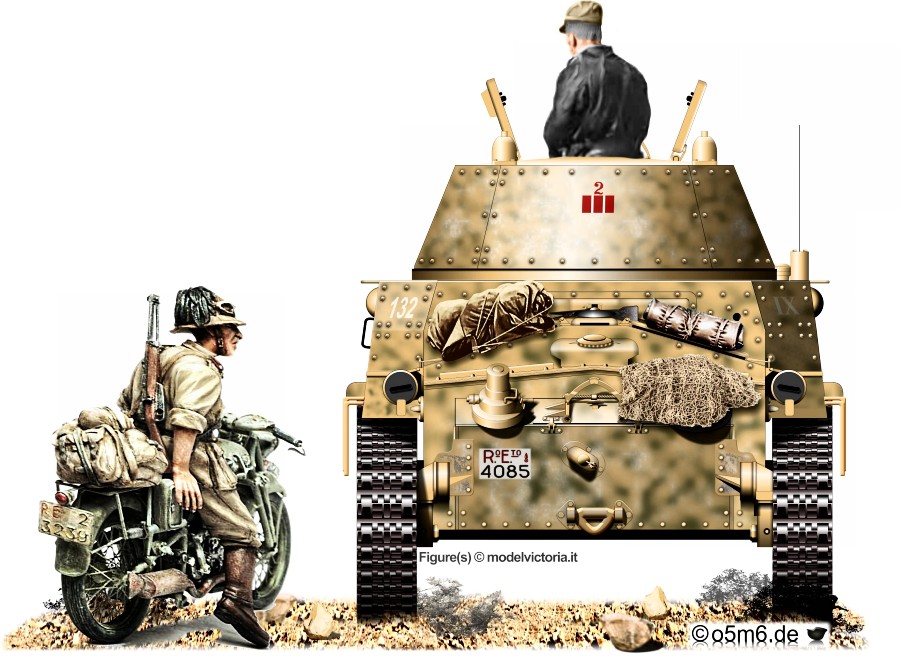
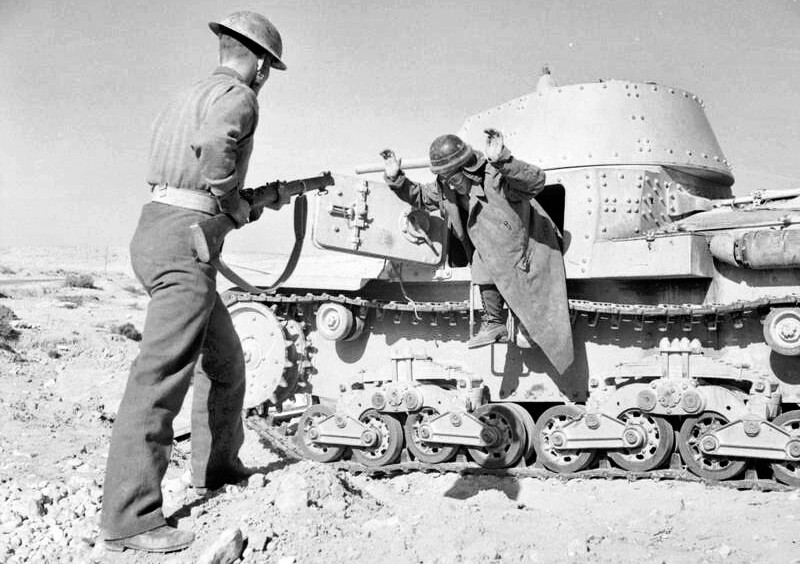
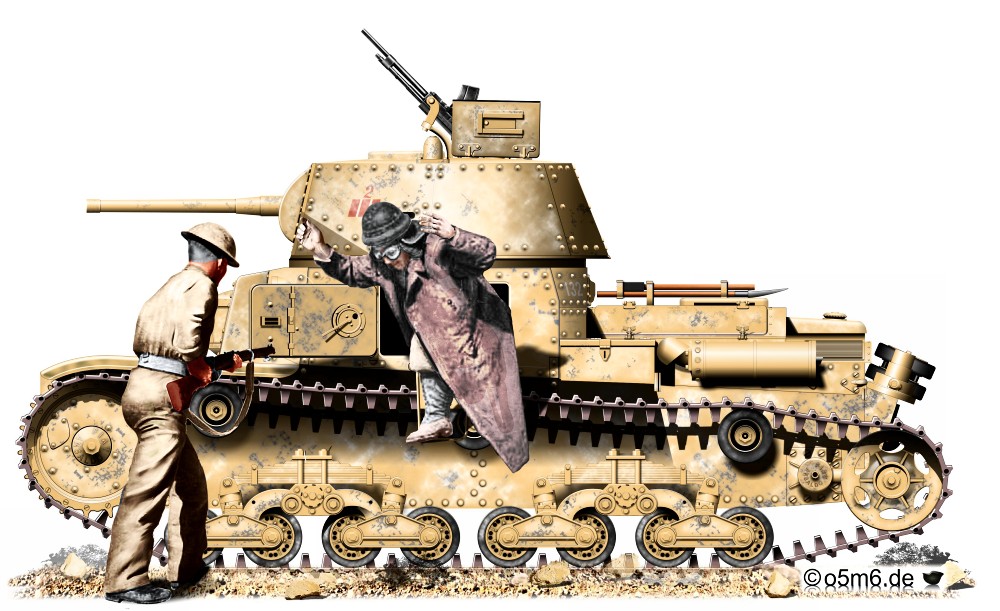
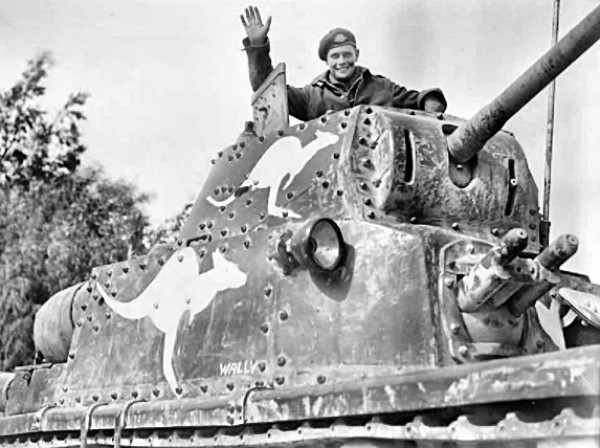
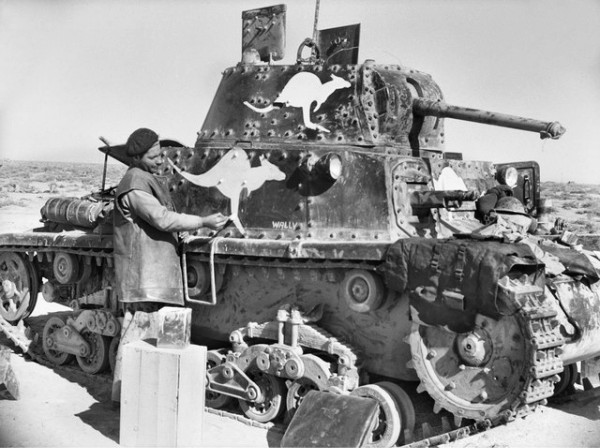
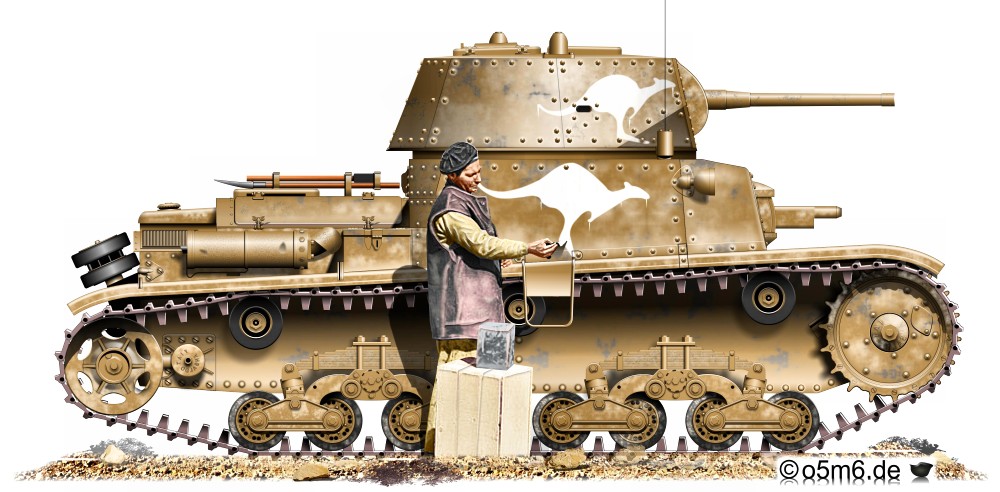
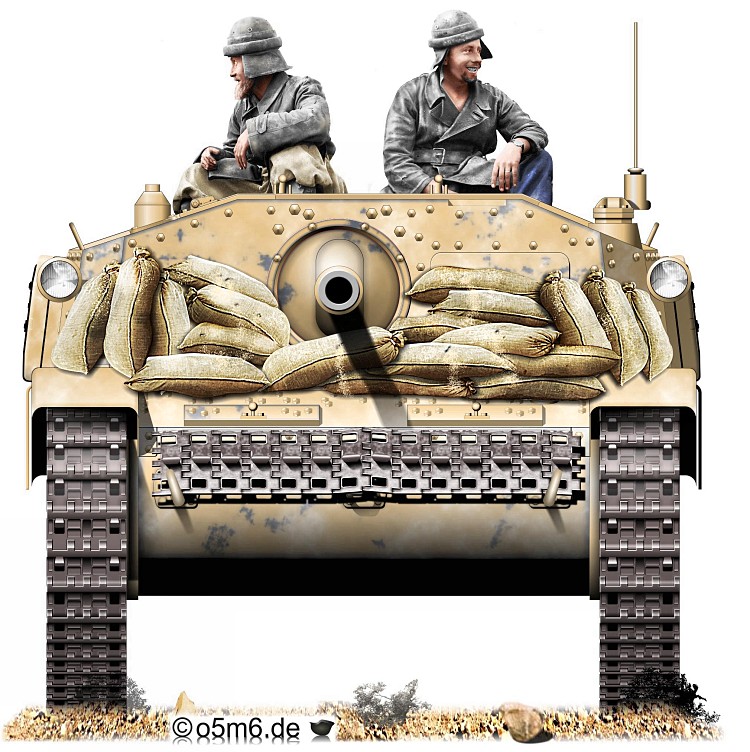
The first vehicles of this type to participate in combat were assigned to two self-propelled artillery gruppi of the Ariete Division, and received their baptism of fire in May 1942 at Gazala with accurate and devastating effect on British and commonwealth armored formations as the M3 Grant and even the M4 Shermans at El Alamein later.
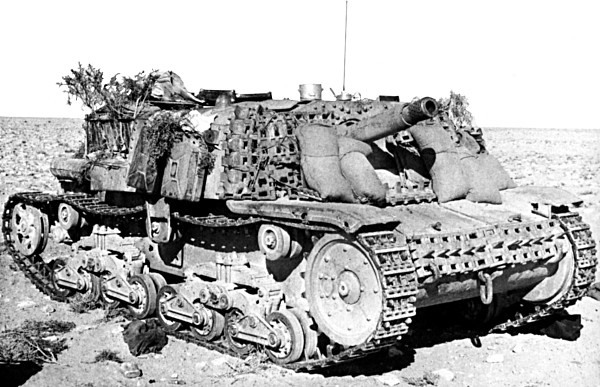

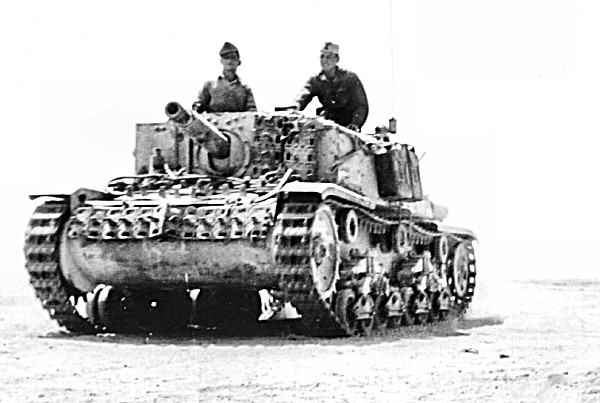
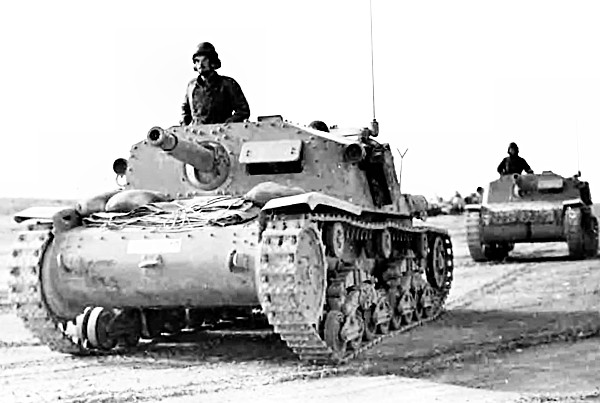
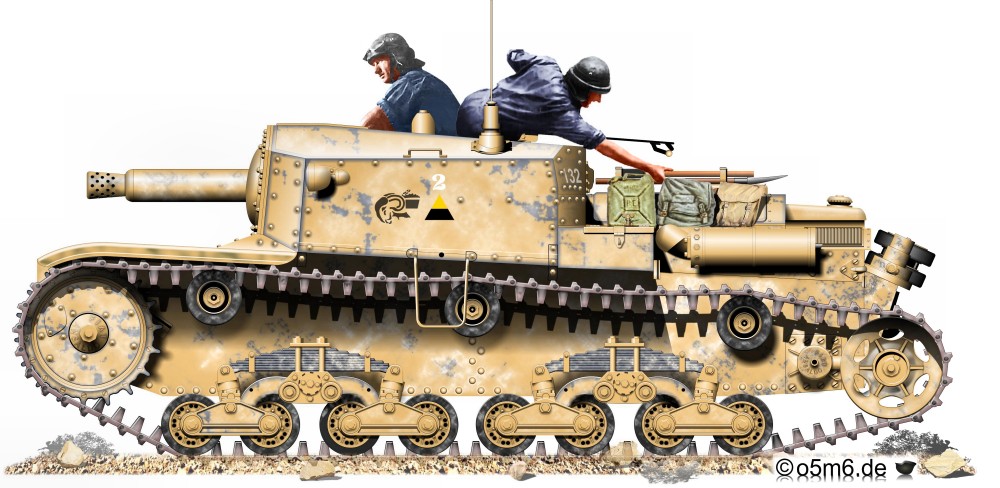
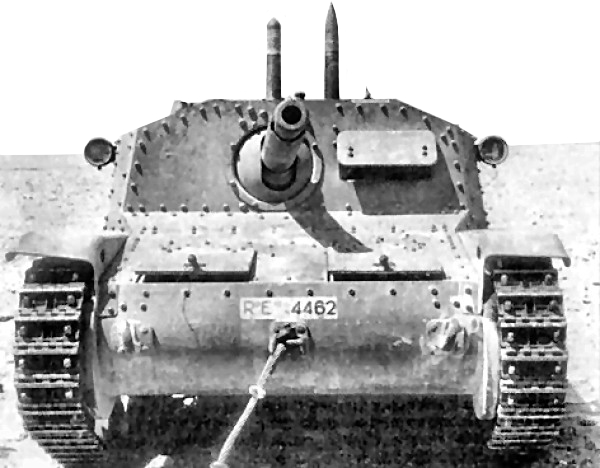
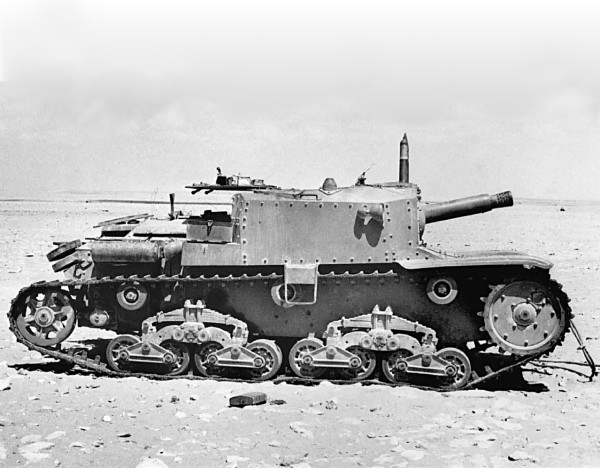
Crews of these vehicles were very confident of their capabilities and found the 75/18 gun to be an extremely reliable weapon. Crews in at least one gruppo (the DLIV of Littorio) increased ammunition stowage capacity to about 100 rounds by removing the crew seats and simply sitting on the extra ammunition.
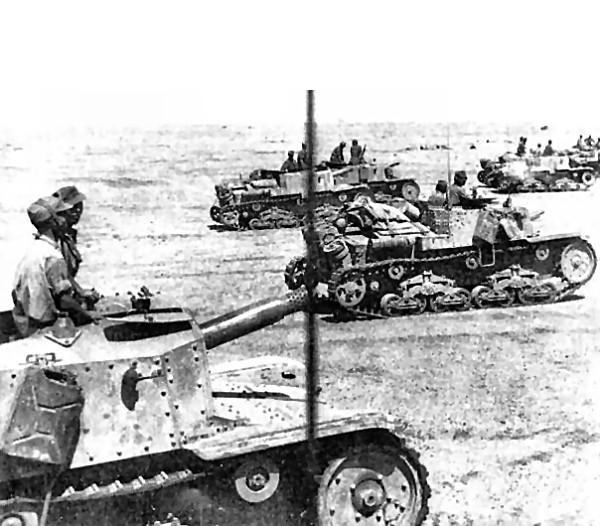
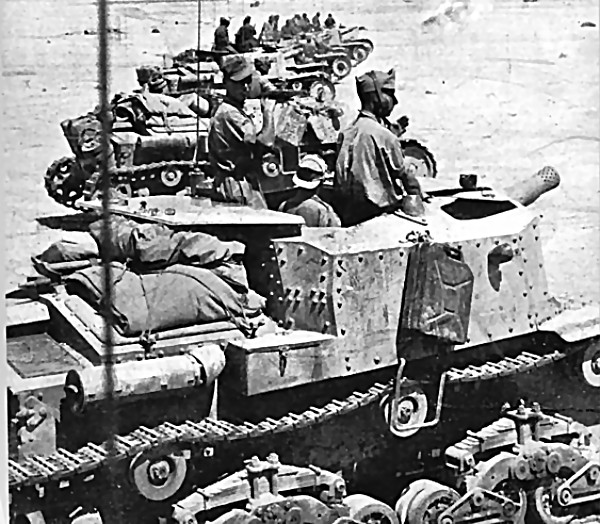
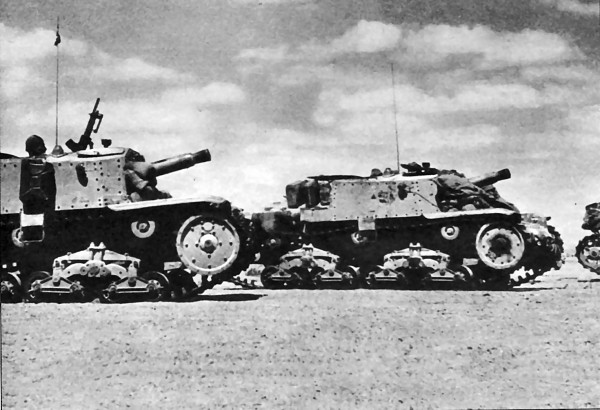
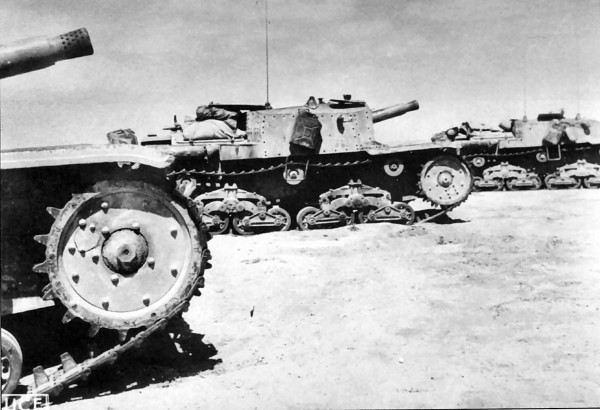
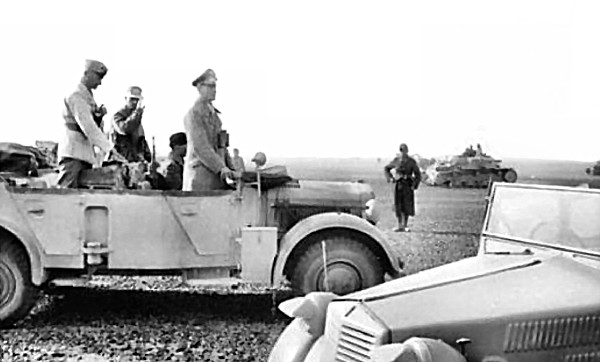
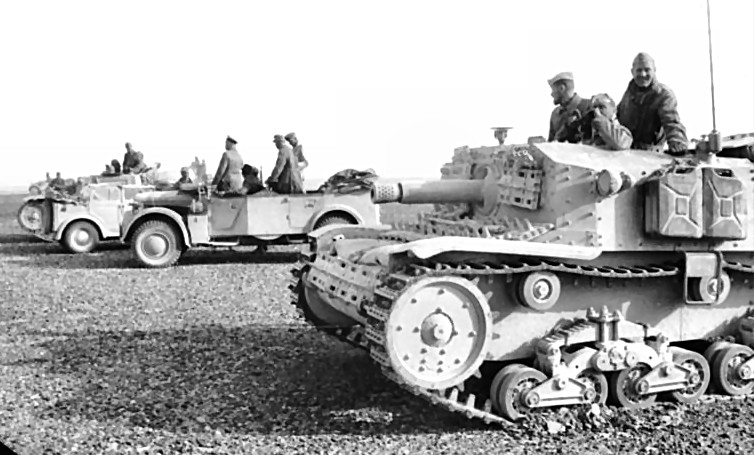
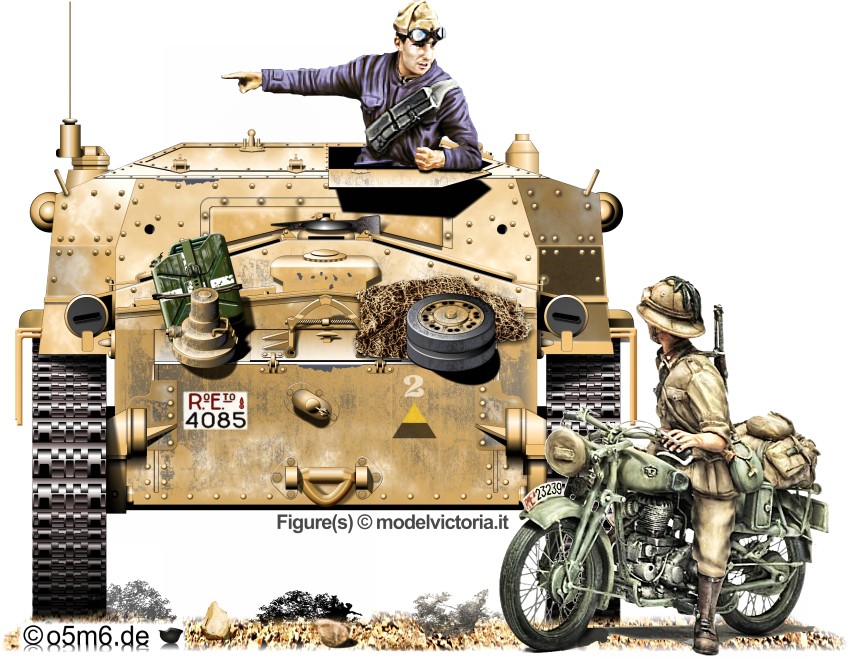
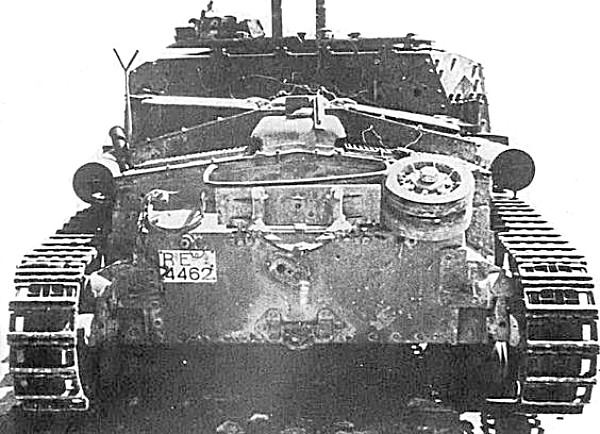
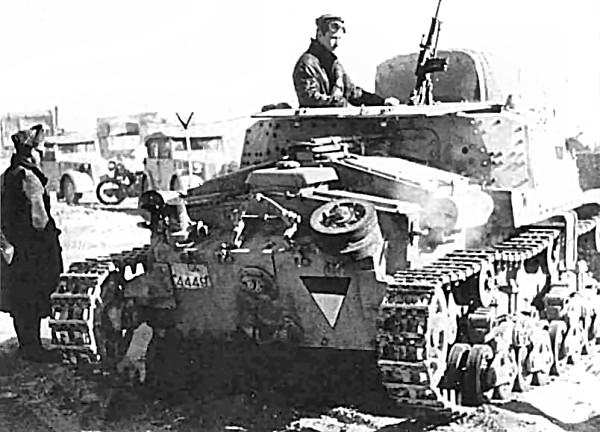

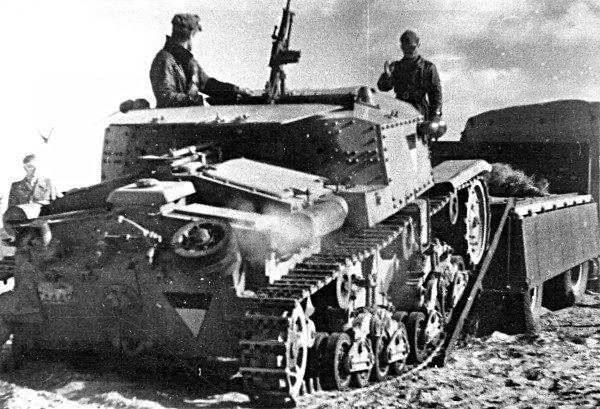
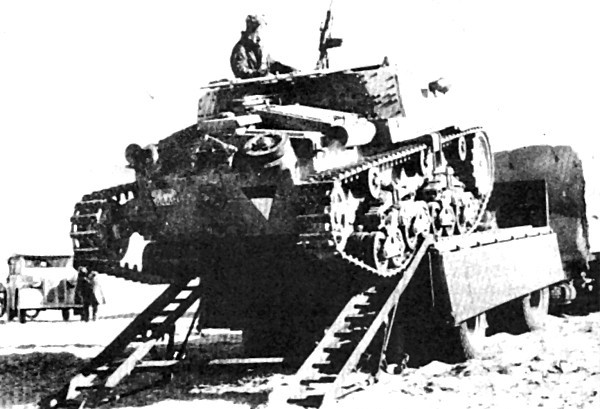
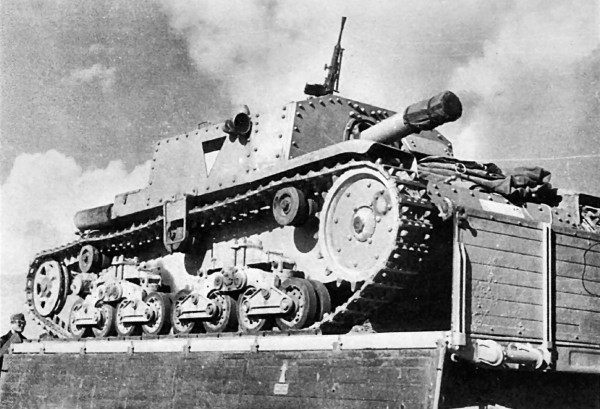
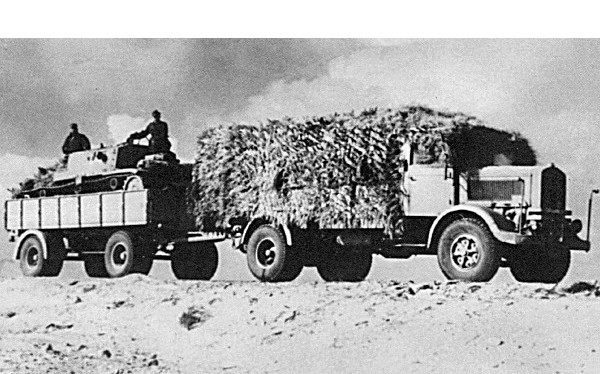
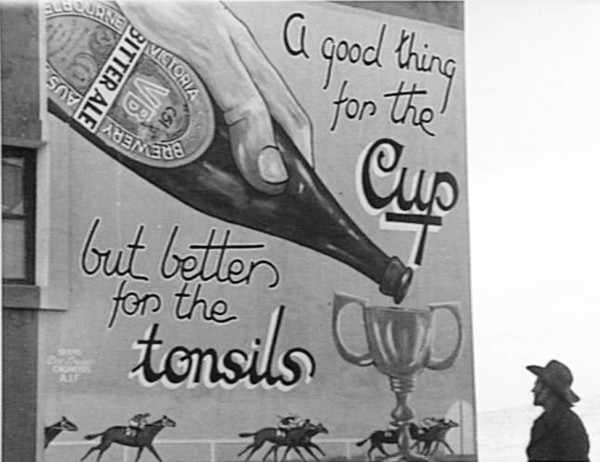
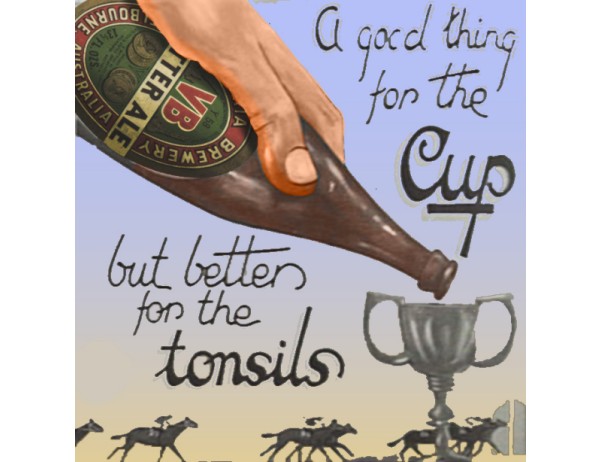

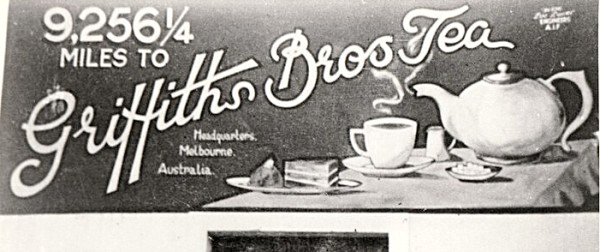
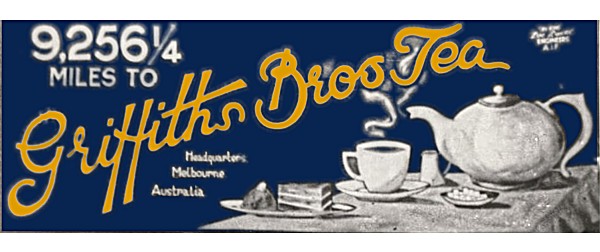
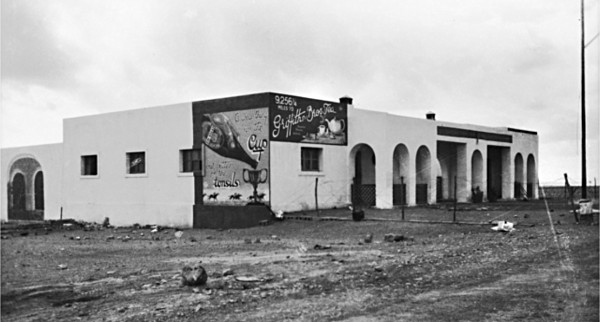
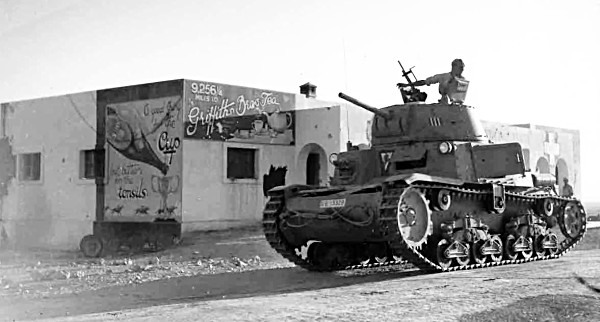
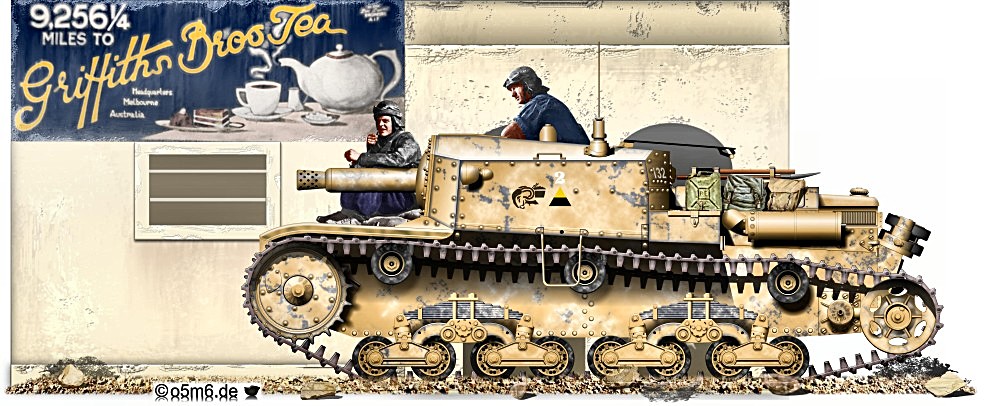
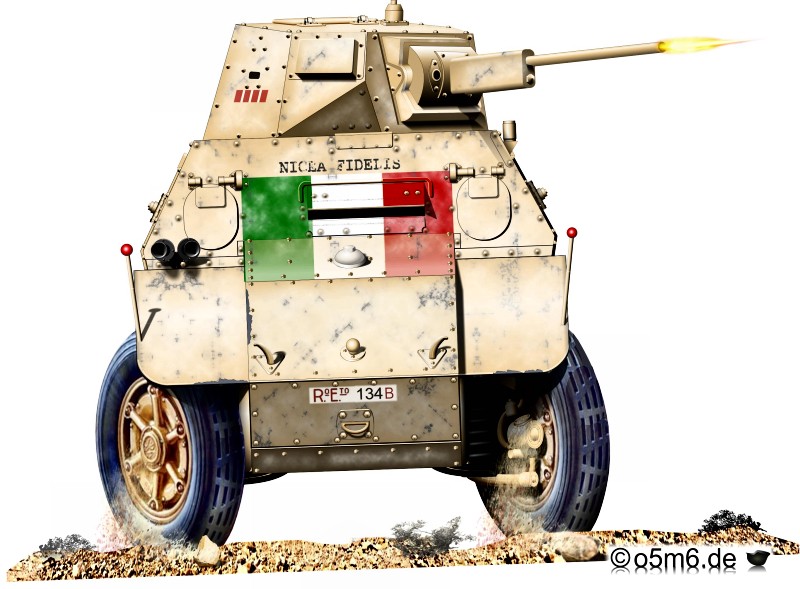
In May 1942, after being renamend "III Gruppo Autoblindo ‘Nizza’" it operated with two squadrons within the 132ª Divisione Corazzata ‘Ariete’ in the XX Corpo di Armata.
It participated in the offensive against the British 8th Army, especially in the fighting at Bir Hakeim on 27th May. The unit was successfully supported by the 132° Reggimento Carri Armati at Bir Harmat on 28th and 29th May. It had reconnaissance tasks at Ain El Gazala, in the preparatory battle for the reconquest of Tobruk, supported by the 132° Reggimento Carri Armati of the Ariete division.
Afterwards, the III Gruppo Autoblindo ‘Nizza’ operated in the Siwa Oasis and in the Qattara depression. In June 1942, it had only 38 armored cars in its ranks, but not all were serviceable.
In August 1942, following the loss of other armored cars, a single squadron was formed by consolidating the remains of the two squadrons. [ Source : Tank Encyclopedia ]
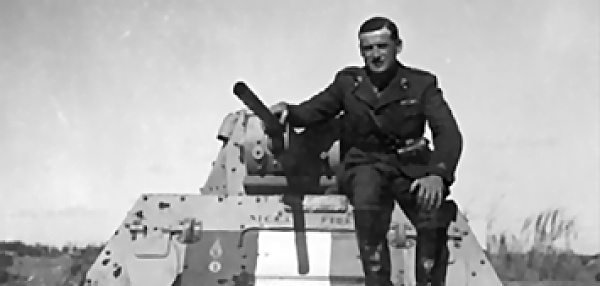
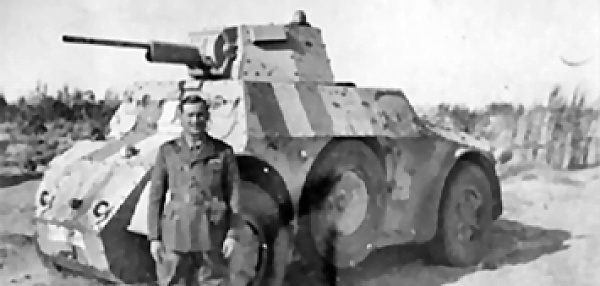
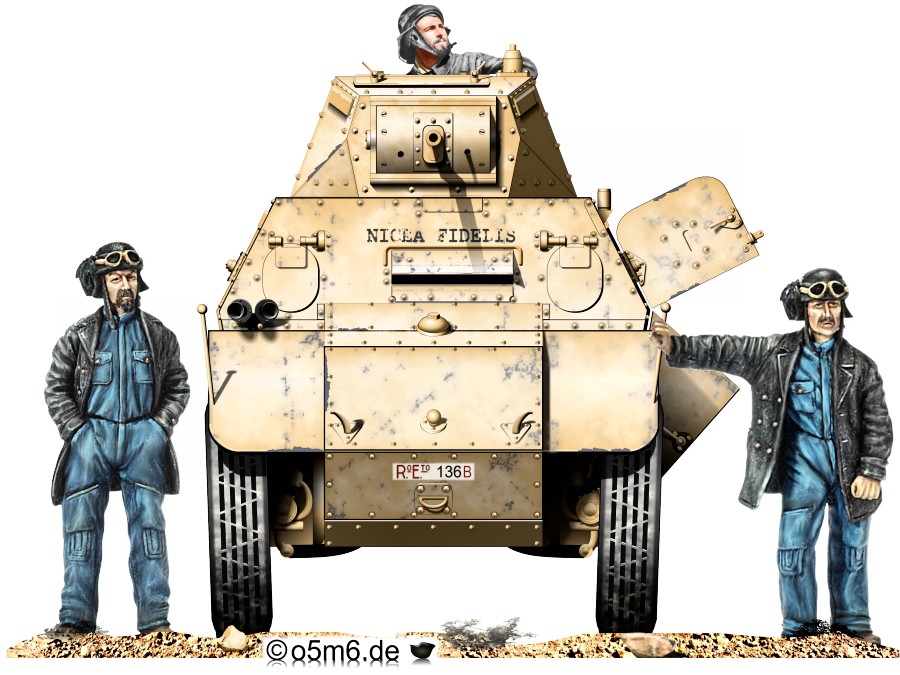
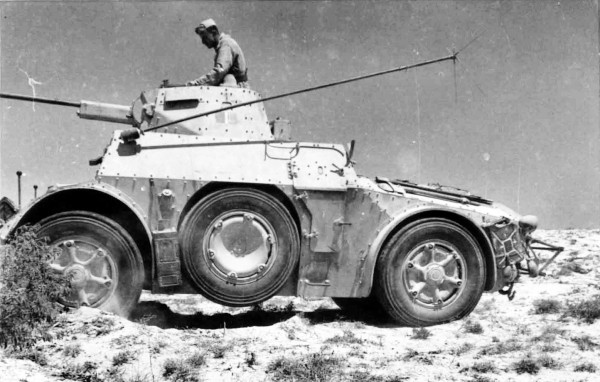
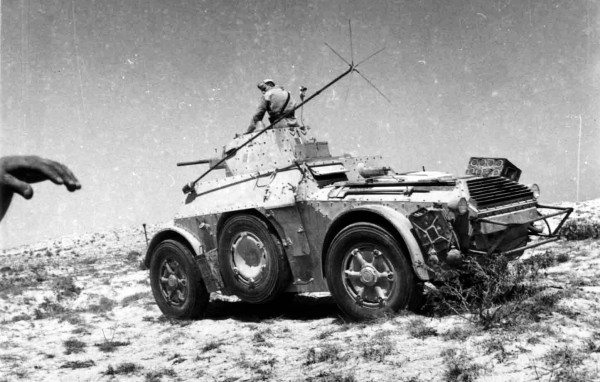

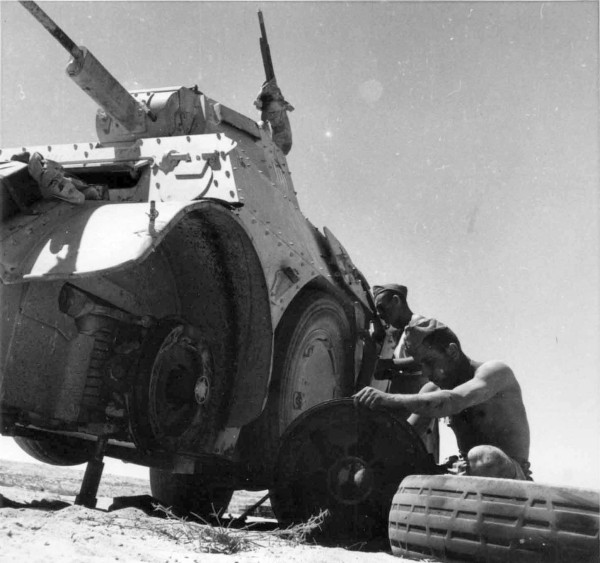
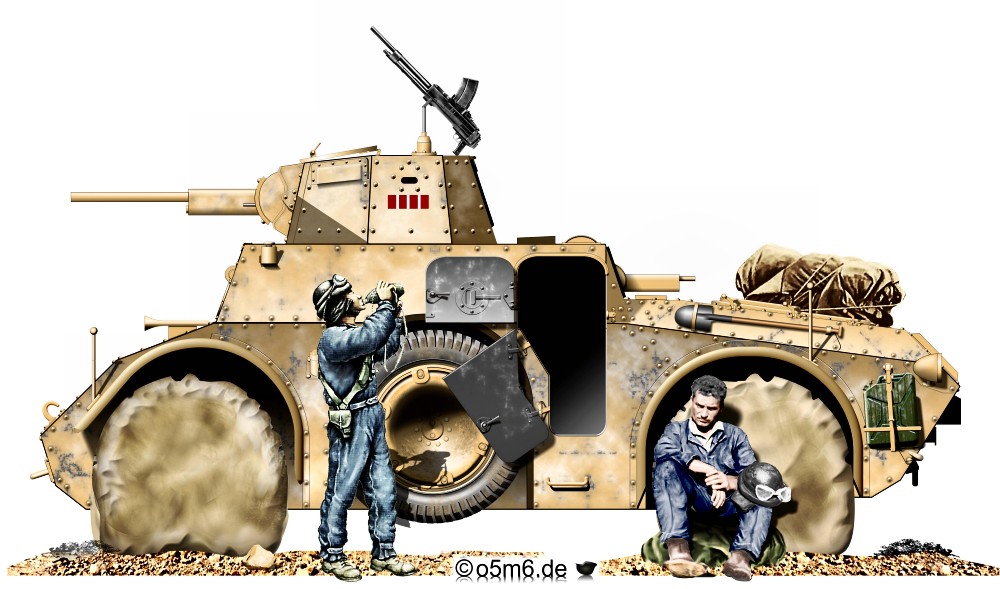
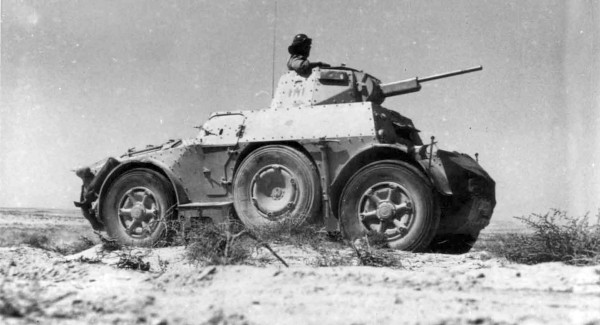
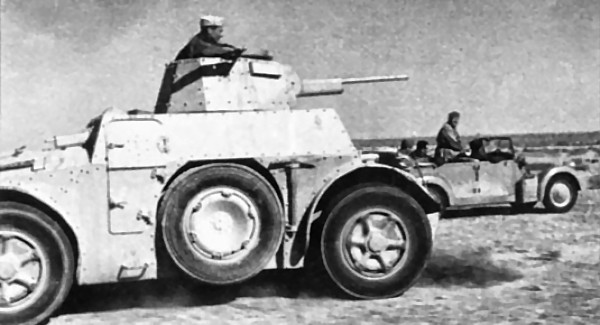
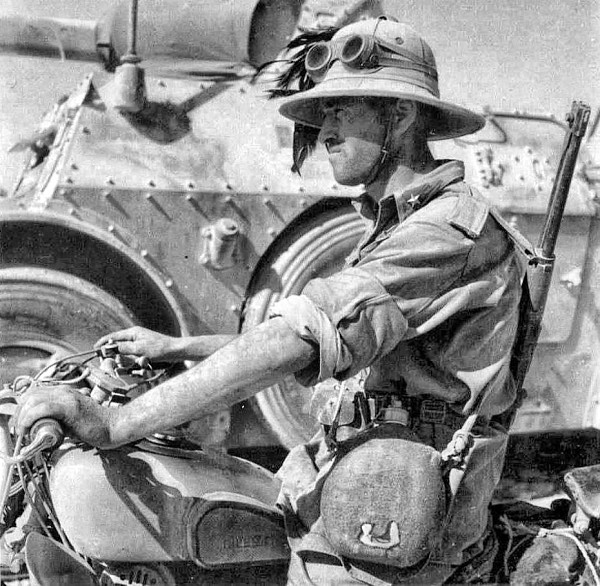
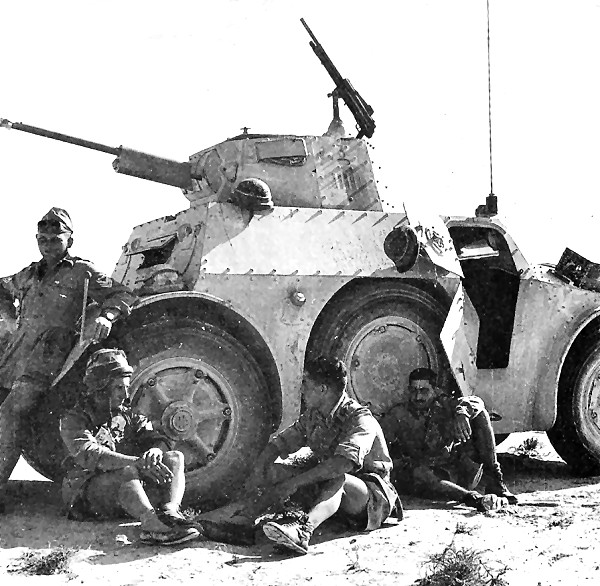
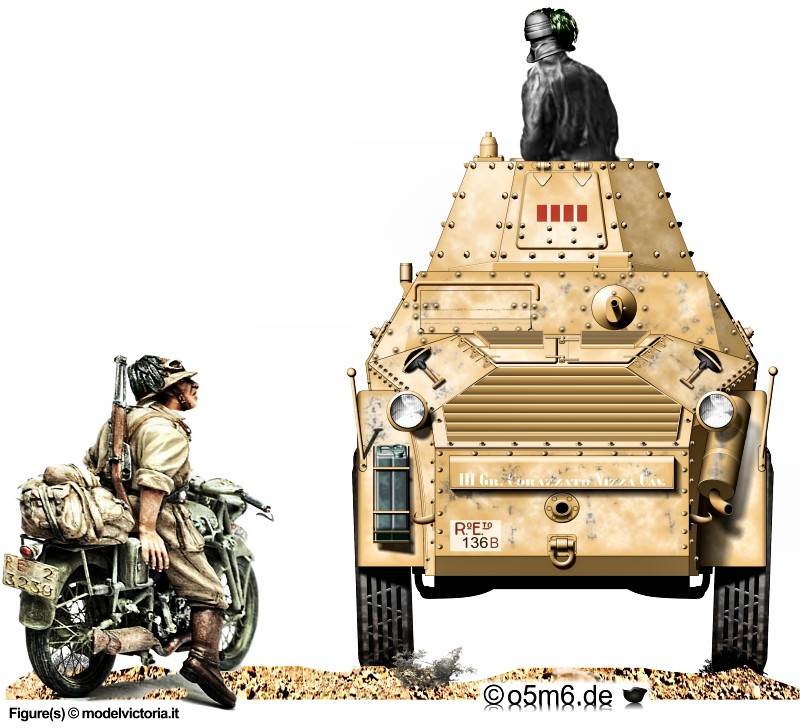
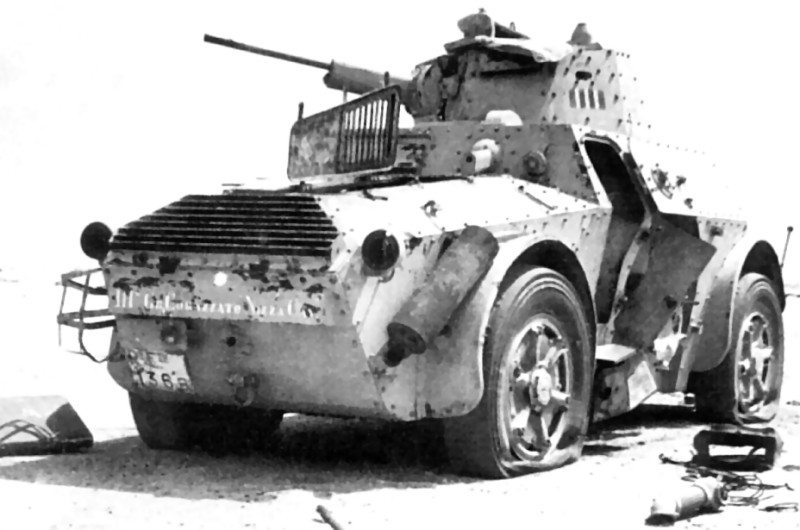
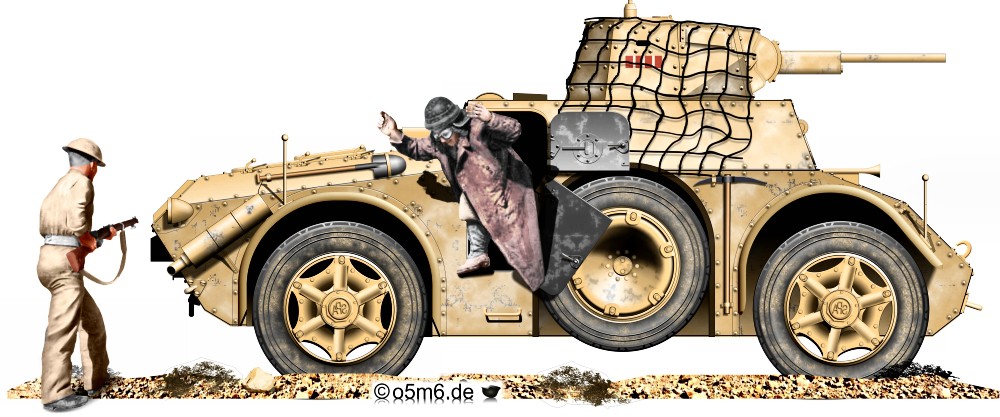
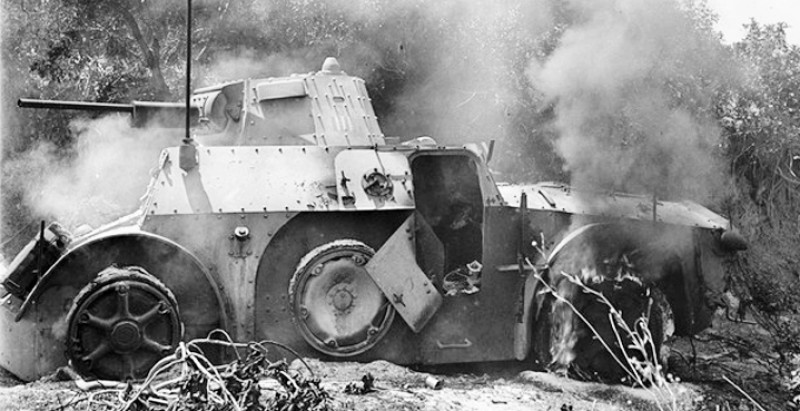
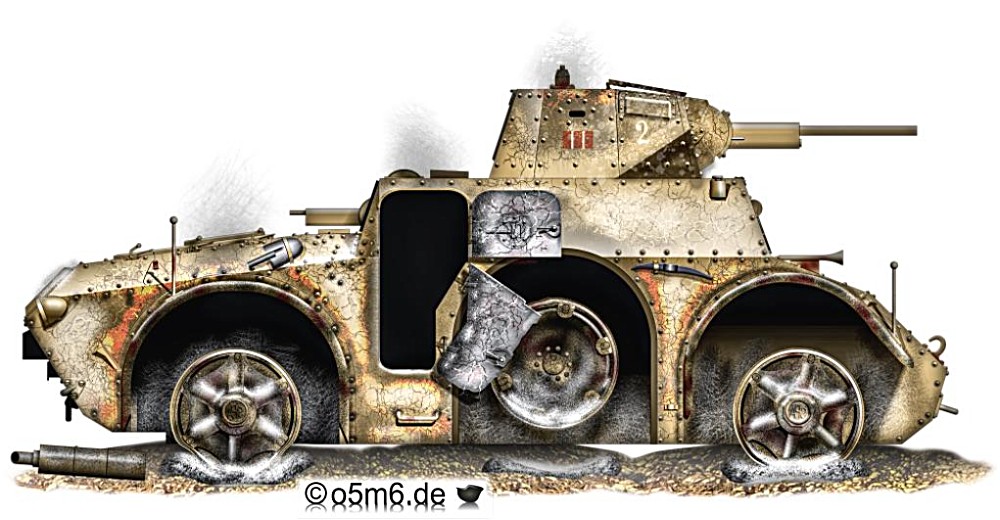
No publication in any form without the author's written permission.
Last Updated: Feb 06, 2023